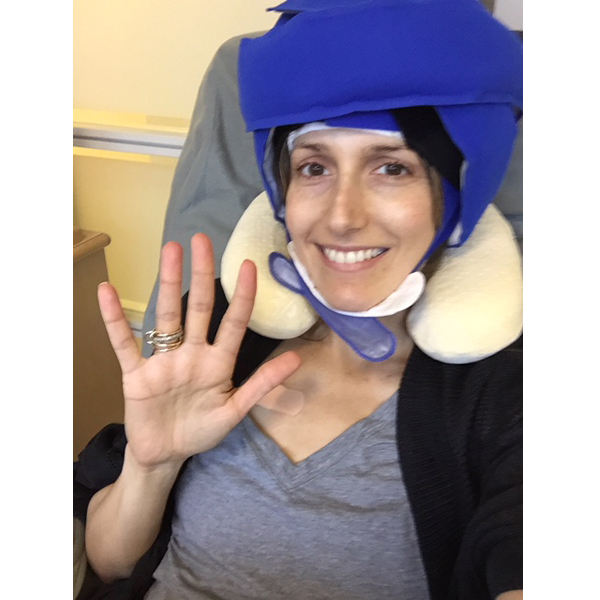In Her Own Words: How One Woman Bravely Battled Cancer And Managed To Keep Her Hair
This is how one cancer survivor was able to keep her hair while battling breast cancer. Below, she explains how while sharing her journey to cancer-free! My name is Mara. I am a cancer survivor that was able to keep my hair throughout the chemo process, and this is my story. Before Cancer Born and raised in Puerto Rico, cancer was in our life like it is for most people—we knew people that survived it, we had older family members that have died from it but it was not something present in our day-to day-lives....





 or
or






